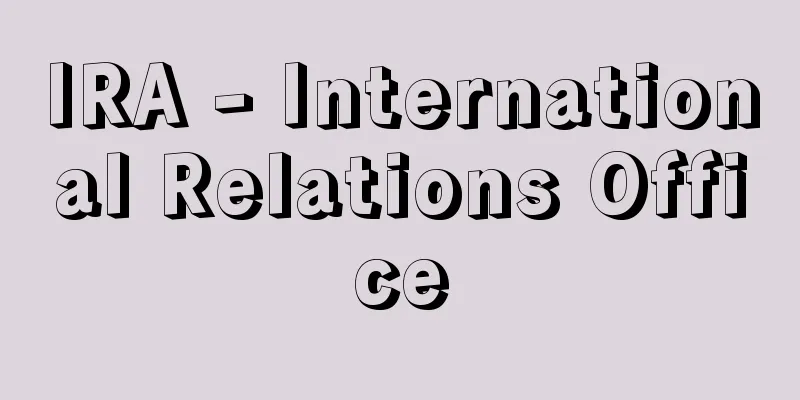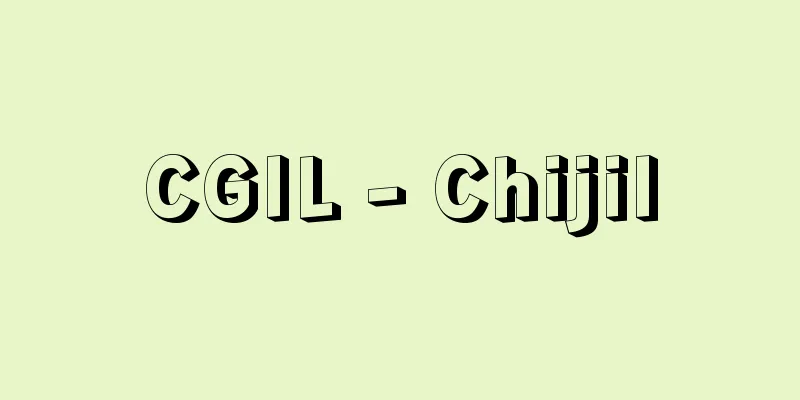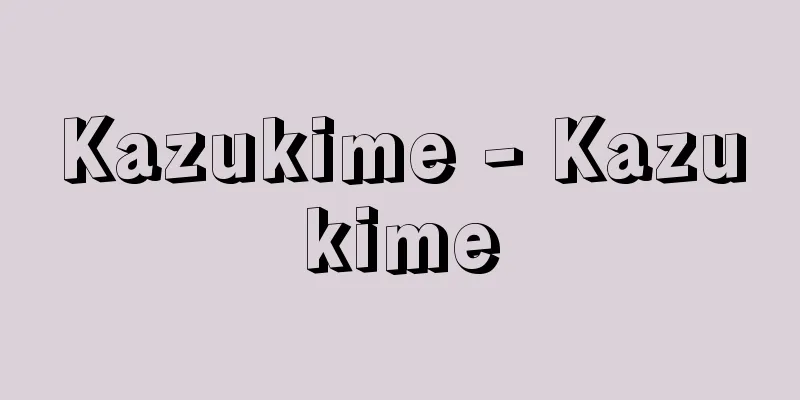IRA - International Relations Office

|
Abbreviation for the Irish Republican Army. This term was already used by the 19th century nationalist radicals, the Irish Republican Union (IRB), and was also used by the rebel forces during the Easter Rising. It began to be widely used by nationalists in general in 1919, when Sinn Fein established the Irish National Assembly and declared independence. The National Assembly recognized the volunteer army as a republican army in an attempt to create a state entity even if independence was not recognized internationally. However, when the Irish Free State was established, the group split up, and the main forces continued to fight armedly without recognizing the Free State, and therefore the subsequent republic, and the IRA's activities were limited exclusively to Northern Ireland. Then, with the establishment of the Northern Irish state and the outbreak of World War II, the group gradually lost its place of activity. The IRA's activities were revived by the development of the civil rights movement in the 1960s. Unionist (Protestant) attacks against the movement became violent, and the British Army, which was sent to suppress it, focused on cracking down on Catholics. This was the perfect opportunity for the IRA, which viewed Britain as its enemy and aimed for Irish unity. However, Irish radical nationalists have a tradition of responding sensitively to the will of the nation since the IRB, and have sometimes decided to ceasefires depending on the fluctuating emotions of the Catholic population (for example, in 1972 when direct British rule began), and their radical terrorist activities did not lose the support of the Catholic population due to indiscriminate British repression and false accusations. In 1970, the IRA split up along with the split of Sinn Fein, and the Official IRA stopped armed struggle and became the Workers' Party. The IRA after that was called the Provisional IRA (Provos). In the Downing Street Declaration of December 1993, the British and Irish governments recognized the status of Sinn Fein and asked the IRA to ceasefire as a condition for participating in peace talks, and the IRA decided to ceasefire in August 1994. However, because the British government and Northern Irish Unionists insisted on disarmament before the talks, the IRA abandoned the ceasefire in February 1996 and resumed armed struggle. After that, the British government was replaced by the Labour Party and decided to carry out peace talks and disarmament in parallel in accordance with the proposal of an international committee chaired by former U.S. Senator Mitchell. The IRA declared a ceasefire again in July 1997, and as a result, peace talks were held in May 1998 with the participation of Sinn Fein. However, the Irish National Liberation Army (INLA), which was formed from IRA officials, and other IRA splinter groups continued to carry out terrorist acts in competition with the most extremist Unionists. [Satoshi Horikoshi] End of armed struggleAs a result of the peace talks, a peace plan was agreed upon, which included the establishment of a Northern Ireland Assembly and the establishment of a consultative body between the Northern Ireland Assembly and the Irish government, in exchange for Northern Ireland remaining in the United Kingdom. The plan was approved by 72% of voters in a referendum held in May 1998. In response to this result, a Northern Ireland Assembly election was held the following June, with the peace supporters winning the majority. In December 1999, a Northern Ireland self-governing government was established. However, the disarmament of the IRA, which was included in the peace agreement, did not progress smoothly, and the British government took strong measures in February 2000 to suspend the functions of the self-governing government and restore direct rule. The IRA also resisted, and the peace agreement itself was in danger of collapsing. In May, the self-governing government was restored, and the IRA finally presented a process for disarmament in response. Inspections of the IRA's disarmament were also carried out, and it was expected that this would be a major step forward toward peace. However, in June 2001, the deadline for the IRA to disarm reached, but the IRA refused to do so because most of the police were Protestant and the British Army continued to be stationed in Northern Ireland, causing further confusion. After that, the IRA's disarmament became a hotbed of conflict, and Northern Ireland's self-government was frozen again. After that, in response to public opinion that became even tougher against terrorist activities, the IRA gradually disarmed in April 2002 and October 2003, and finally in July 2005, the IRA issued a statement saying that it had ordered its members to lay down their weapons and end their armed struggle. In September, the neutral Independent International Disarmament Monitoring Committee also confirmed the completion of the IRA's disarmament. Thus, the IRA put an end to its long armed struggle, and Northern Ireland's self-government was restored in May 2007. [Editorial Department] "The IRA" by Suzuki Ryohei (1991, Sairyusha)" ▽ "The Irish Conflict: The Blood and Spirit of Ethnic Conflict" by Ono Osamu (1991, Akashi Shoten)" ▽ "The History of the Northern Ireland Conflict" by Horikoshi Satoshi (1996, Ronsosha) [References] | | | | | | | |Source: Shogakukan Encyclopedia Nipponica About Encyclopedia Nipponica Information | Legend |
|
アイルランド共和軍Irish Republican Armyの略称。この呼称はすでに19世紀のナショナリスト急進派のアイルランド共和主義同盟IRB(フィニアン)によって使われており、イースター蜂起(ほうき)に際しても蜂起軍が使っている。広くナショナリスト全体で使われ始めたのは1919年にシン・フェイン党がアイルランド国民議会を開設し、独立を宣言してからである。国民議会は国際的に独立が認められなくても国家としての実体をつくろうと、これまでの義勇軍を共和国軍として認知したのである。しかしアイルランド自由国の成立に際して分裂し、自由国を認めず、したがってその後の共和国も認めないで武力闘争を続ける勢力が主体となると、IRAの活動はもっぱら北アイルランドに限定されていった。そして北アイルランド国家の確立と第二次世界大戦勃発(ぼっぱつ)によってしだいにその活動の場を失っていった。 IRAの活動が復活したのは、1960年代の公民権運動の展開によってであった。運動に対するユニオニスト(プロテスタント)の攻撃が暴力化し、鎮圧に入ったイギリス軍がカトリック取締りに集中したからで、イギリスを敵とし、アイルランドの統一を目標とするIRAの格好の出番となったのである。しかしアイルランドの急進的ナショナリストはIRB以来、民族の意向に敏感に反応する伝統をもち、カトリック住民の揺れ動く感情のままに停戦に踏み切ることもあり(たとえばイギリスの直接統治のはじまった1972年)、またその過激なテロ活動も、イギリスの無差別的な抑圧や冤罪(えんざい)のせいでカトリック住民の支持を失うことがなかった。1970年にシン・フェイン党の分裂とともに分裂、オフィシャル(公式派)IRAはその後武力闘争をやめて労働者党になる。その後のIRAはプロビジョナル(暫定派)IRAをさす(プロボとよばれた)。 1993年12月のダウニング街宣言でイギリス政府とアイルランド政府がシン・フェイン党の地位を認め、和平協議への参加を認める条件としてIRAに停戦を求めると、1994年8月IRAは停戦に踏み切った。しかし協議前の武装解除にイギリス政府と北アイルランドのユニオニストが固執したため、1996年2月IRAは停戦を放棄し、武力闘争を再開した。その後イギリス政府が労働党政権にかわり、アメリカのミッチェル元上院議員を議長とする国際委員会の提案にしたがって和平協議と武装解除を並行することに決定したため、IRAは1997年7月ふたたび停戦を宣言し、その結果シン・フェイン党も加わっての和平協議が1998年5月に行われた。しかしIRAオフィシャルから成立したアイルランド民族解放軍(INLA)やIRAの分派はユニオニストの最過激派と競ってテロを続けた。 [堀越 智] 武装闘争の終結和平協議の結果、北アイルランドはイギリスにとどまるかわりに、北アイルランド議会を設置して自治権を確立する、北アイルランド議会とアイルランド政府の協議機関を設置するなどの和平案がまとまり、1998年5月に実施された住民投票で72%の賛成を得た。この結果を受けて、翌6月に北アイルランド議会選挙が行われ、和平派が多数を占めた。そして1999年12月に北アイルランド自治政府が発足した。しかし、和平合意に含まれていたIRAの武装解除はなかなか進展せず、イギリス政府は2000年2月に自治政府の機能を停止し、直轄統治を復活させる強硬処置に出た。これに対しIRAも反発し、和平そのものの崩壊の危機に直面した。5月には自治政府が復活したが、これを受けてIRAもようやく武装解除のプロセスを提示した。IRAの武装解除に対する査察も実施され、和平へ大きく前進するとみられた。しかし、2001年6月にIRA武装解除の期限を迎えたが、警察のほとんどがプロテスタント勢力で占められていること、イギリス軍が北アイルランドに駐留を続けていることなどを理由にIRAが武装解除を拒否したため、混迷が深まった。そして以後、IRAの武装解除をめぐって紛糾し、ふたたび北アイルランド自治が凍結される事態となった。その後、テロ活動に対してさらに厳しさを増した世論の動向をみて、IRAは2002年4月、2003年10月と段階的に武装解除を実施、そしてついに2005年7月、IRAによって「メンバーに武器の放棄と武装闘争の終結を命じた」という声明が出された。9月には中立的な「独立国際武装解除監視委員会」もIRA武装解除の完了を確認した。こうして、IRAは長い武装闘争に終止符を打ったが、これにより2007年5月に北アイルランドの自治が復活した。 [編集部] 『鈴木良平著『IRA』(1991・彩流社)』▽『小野修著『アイルランド紛争―民族対立の血と精神』(1991・明石書店)』▽『堀越智著『北アイルランド紛争の歴史』(1996・論創社)』 [参照項目] | | | | | | | |出典 小学館 日本大百科全書(ニッポニカ)日本大百科全書(ニッポニカ)について 情報 | 凡例 |
<<: IEA - International Energy Agency
Recommend
Sogyo Hachiman
Hachiman is depicted with shaved head and wearing ...
Yale Zone Catalogue (English)
…During that time, the number of stars for which ...
Cheerleader
Cheerleader: The leader of a cheer squad. Also, a ...
Kamigata dialect - Kamigata
〘 noun 〙 = Kamigata kotoba (Kamigata dialect) ※Fud...
successive or temporal contrast
...Also, if you look at a white piece of paper an...
Kristian Birkeland
Norwegian physicist. Professor at Royal Frederik ...
drop kick
...If you violate the rule, you will be dropped o...
Uchiyama Kongojoin Eikyuji Temple
...This temple was founded by Emperor Toba's ...
Parishioner - Ujiko
It refers to people who worship a clan god (ujiga...
bek
…A title meaning "chief" or "ruler...
Foam stabilizer - Foam stabilizer
…Egg white, saponin, and gelatin are used as foam...
Coacervation
…The phenomenon in which colloidal particles disp...
Huoshan - Kakuzan
A mountain in the western part of Anhui Province,...
Xinzheng Tomb - Xin-zheng gu-mu
A Spring and Autumn period tomb was discovered in ...
Akizuno
...Yamato was named after the area around Mt. Miw...









